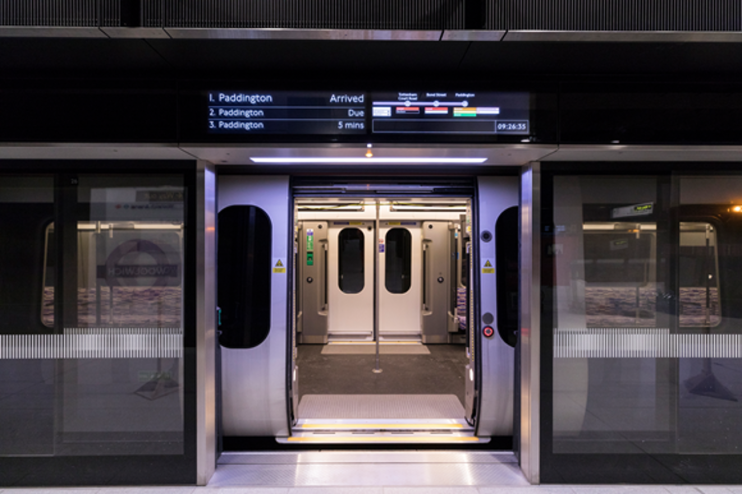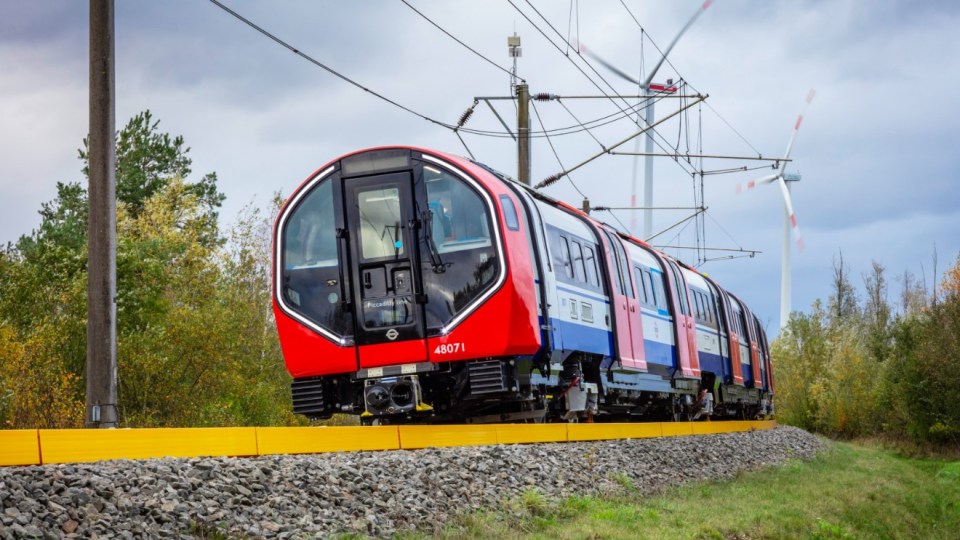All you need to know: End of the Elizabeth Line’s honeymoon, Central Line struggles, TfL fares and funding changes

Transport for London (TfL) has released its latest Commissioner’s report, covering everything overground, underground and in-between.
City A.M. takes a look at some of the key challenges faced by the operator, ahead of a crunch year for mayor Sadiq Khan, who is seeking re-election.
Elizabeth Line and Central Line
The Elizabeth Line’s remarkable first-year success is no secret and passenger numbers are still soaring.
Over 300m journeys have been made since it opened in May 2022, TfL said. It carries around 750,000 passengers per day, connecting Londoners as far as Heathrow and Essex.
But the honeymoon period could be coming to an end. TfL commissioner Andy Lord noted Network Rail infrastructure to the west of Paddington remained the “key reliability challenge” after a period marred by disruption and delays.
Thousands of commuters were stranded on December 7 as a result of damage to overhead electricity wires caused by a train striking an obstruction outside Paddington.
The Central Line is also struggling. TfL apologised for disruption to services, adding it had experienced an “abnormally high number of motor failures that has required us to take a high number of trains out of service.”
Alongside repair, the transport body said it had put in place additional arrangements to increase the supply of spare motors, so it could start to rebuild “some resilience and improve services over the coming weeks.”
“While this should help improve services for customers, the motor failures are still occurring at a higher rate than we have seen before so some disruption to normal service levels is likely to continue. We are continuing to work urgently to identify further solutions.”
TfL said it plans to overhaul all Central Line trains to improve accessibility, customer information and lighting.
Piccadilly Line
Amid struggles at the Elizabeth and Central Lines, the Piccadilly may be due for an upgrade. Old trains, which have been serving the route since 1975, are due for replacement from 2025.
Siemens Mobility, who are producing the new higher capacity rolling stock, is planning to up production of the trains significantly at its factory in Goole, Yorkshire.
TfL rephased scheduled payments and the delivery under the Siemens contract. It’s report said this would “protect” the planned uplift of the lines timetable in 2027.
Should the order for the 94 nine-carriage metro trains proceed as planned, capacity on one of London’s most popular lines would rise by 10 per cent.

Fares
London Mayor Sadiq Khan confirmed in January fares would be frozen, while proposing £123m of additional funding for TfL in a bid to support the city’s post-pandemic recovery.
It means all pay as you go fares will be frozen on buses, tubes and trams. Fares will also be frozen on the DLR, London Overground and Elizabeth line services where tube fares apply. A three month trial of off-peak tube and rail fares on Fridays has also begun.
TfL has long been criticised for relying too heavily on fares income for its revenues. The commissioner’s report said it was exploring “creating” new sources to reduce this reliance but did not outline details.
Funding
Funding remains the most critical challenge at TfL. The operator has been on a cliff edge for years after the pandemic wiped out passenger numbers.
The government injected £250m of capital funding in December but this was only half of the £500m TfL had requested. It wants the new money for a slew of upgrades across the Tube network, including an order for new rolling stock on the Bakerloo Line.
“Along with no inflation support from the government, capital enhancements expenditure has had to slip – we expect to end the year around £80m lower than Budget,” the TfL said.
The government and Mayor are still jostling over who is responsible for the issues but a return to post-pandemic passenger traffic on the network would go a long way to finding a solution.
TfL said numbers were largely holding steady at 90 per cent of pre-pandemic levels, up from 85 per cent year-on-year.
“We are targeting six per cent year-on-year journey growth over the full year, on top of the 31 per cent increase in 2022/23.”